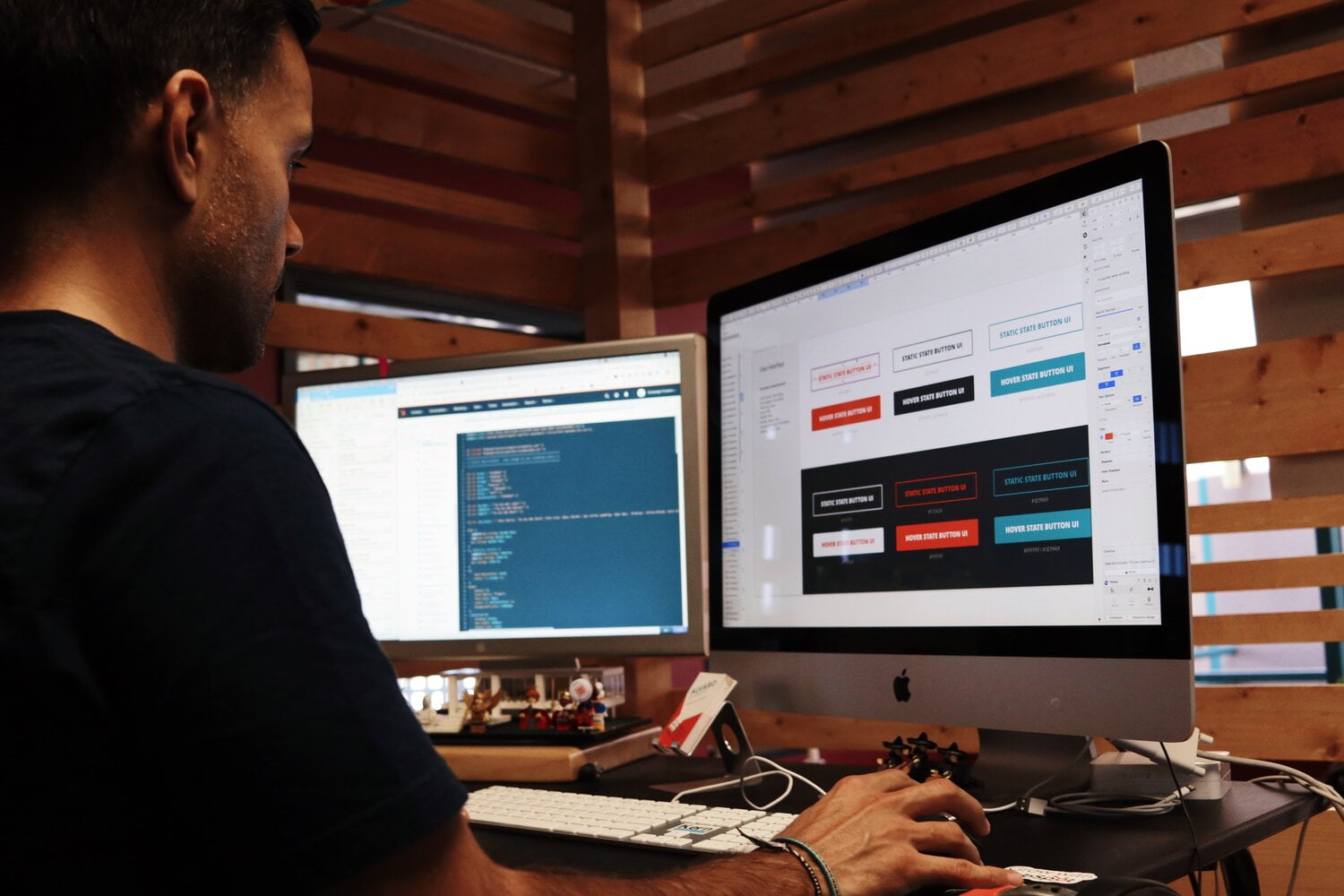
Although some may think that search engine optimisation and web design are independent of each other, it’s necessary to merge both to have an effective digital marketing strategy. It’s good to create your web design with your SEO in mind. It does make you wonder: “how can I make an SEO-centric website?”
Here are some SEO elements that you should keep in mind while making your web design.
1. Users
When someone types in a question on Google, the search results show highlighted pages that other internet dwellers have visited. Many search engines note which websites people spend a lot of time in and the relevant keywords included in that site. This is because user engagement dictates your SEO ranking.
To boost your SEO ranking, you have to keep users on your website. Have engaging web design and interesting content that people can explore.
2. Linking
Links in anchor texts can significantly benefit your website’s content and boost your SEO. Utilise backlinking and interlinking to make your website more visible to new visitors.
If another website or article uses your pages or content as a reference, they often attach a backlink that readers can click. Search engines would recognise your site to be trustworthy and informative, increasing your ranking. If you partner with other sites, groups and individuals to backlink a particular page, it can be a very effective marketing tool.
If your website has similar content regarding one topic, you can link blogs relevant to the page a user is on. Interlinking helps increase opportunities for interaction on your website. It’s also practical in having an organised site, as it can improve user experience and keep them longer.
3. Speed
This may go without saying, but a website must have a fast loading speed. Search engines tend to recognise when users are waiting too long for a page to load. In place of that, they promote quicker, responsive sites. Web designers should be able to customise elements in a website to ensure that pages are loading faster.
4. Navigation
Part of good web design is making it easy to navigate, no matter what device a site visitor is on. One critical problem some web designs have is that they were created with a computer web browser in mind. This can leave mobile users with a challenging experience that can give the wrong impression.
Along with that, users won’t exit your website if the layout is attractive and simple enough to look through. A website that has smooth navigation-friendly pages helps in achieving better SEO.
5. Social Media
The majority of your potential site visitors would be on social media sites such as Facebook, Twitter and Instagram. To get them on those platforms, web designers should incorporate SEO into your website’s content while making it shareable. Appearance and keywords both matter when it comes to social sharing.
Aside from links, having a share button for various social media platforms can be convenient. Let users edit their post before they send it to their timeline or feed.
Conclusion
To get the best results, you have to make your web design with SEO front and centre. Some services make these two practices distinct and separate from each other, but optimising your website with the course and principles of SEO can cause less hassle and more impact.
Looking for some custom website design? The SEO Room can help you out! We are an Australian agency that provides holistic website design, SEO and marketing services. Contact us today!


